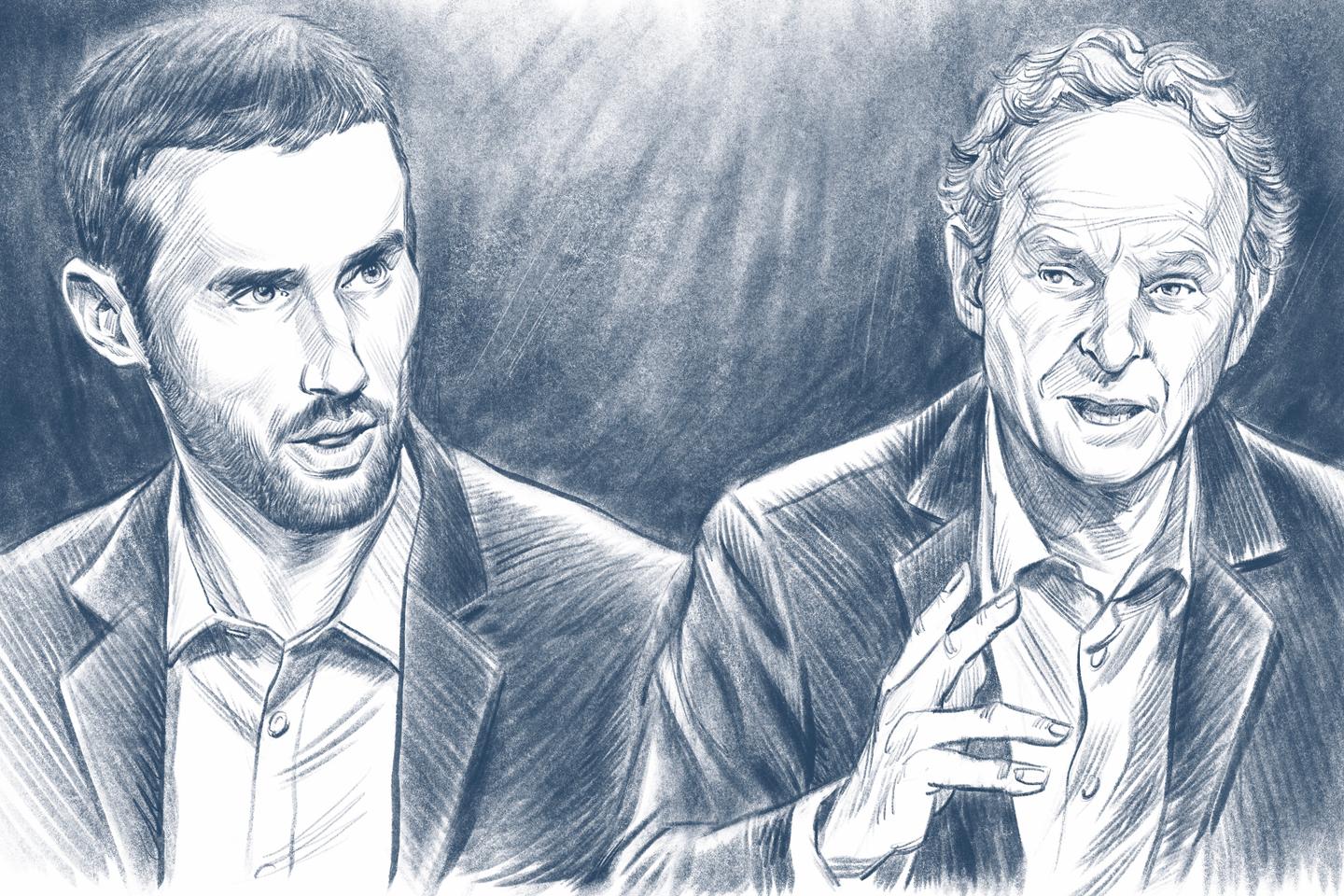


A few hours after Donald Trump's second inauguration as president of the United States on January 20, Elon Musk, a fervent supporter of the new American leader and a member of his administration, pounded the left side of his chest with his right hand, then extended his arm with an open palm twice in front of cameras from around the world. The gesture's evident similarity to the fascist salute used by Benito Mussolini's and Adolf Hitler's regimes rekindled speculations about Trump's and his MAGA movement's proximity to fascist ideology.
A month later, Steve Bannon, Trump's former advisor and a figurehead of the American far right, repeated the gesture at the Conservative Political Action Conference. The underlying multifaceted question has been stirring up the political-media landscape and academic circles since the billionaire's first term. Many, including Trump's former chief of staff John Kelly and American historian Ruth Ben-Ghiat, no longer hesitate to label his politics as "fascist." However, the relevance of this label remains fiercely debated.
To shed light on this debate, two researchers participated in a joint interview for Le Monde. Olivier Burtin is a lecturer in US civilization at the University of Picardie Jules-Verne and a specialist in the role of the far right within American society. Marc Lazar is an emeritus professor of history and political sociology at Sciences Po and holds the chair for French-Italian Relations for Europe at the Free International University of Social Studies in Rome.
How do historians define fascism?
Marc Lazar: The definition of fascism has always been subject to debate because, originally, it was not an ideology but a movement, the Italian Fighting Bands, founded in 1919 by Benito Mussolini. It emerged from the masses' entry into politics in early 20th-century Italy, taking the form of a challenge to the two dominant ideologies of the time: on one side, liberalism, and on the other, the vast workers' movement in its socialist and communist variants.
You have 88.96% of this article left to read. The rest is for subscribers only.
